We sat down with Training Ground trainers and fitness recovery experts Camille and Steve to bring you a comprehensive guide to recovery focused on foam rolling and targeted lacrosse ball muscle release. Maximize your recovery efforts using the tips below!
If there’s one thing we know, it’s that your workout regimen is only as good as your recovery practices. Focusing on muscle recovery is important no matter what your current routine looks like, and we’re here to help!
Check out the tips below and don’t miss the helpful gallery of foam rolling and lacrosse ball recovery how-to images for you to reference as you recover on your own time.
Use rolling for both large and localized muscles. Foam rolling is great for large muscle groups, but a lacrosse ball is best for localized relief and allows you to apply more pressure than a foam roller.
Do not roll your IT band. Your IT band is fascia, not muscle fiber. Problems with the IT band are normally a form or pattern issue that can’t be solved through pressure release. The best thing you can do to alleviate pain and tightness is to roll the surrounding muscles with the foam roller or ball.
Remember to breathe. It’s easy to tense up when pressure on over-used and exhausted muscles creates pain. Breathing deeply - specifically exhaling - encourages your body to naturally relax and allows you to apply more pressure.
Go slow. Rolling should be a relaxing process, so go slow. You can massage and actively roll, or hold a point of pressure for 10-60 seconds. Don’t place pressure on a localized spot for longer than this, or bruising will occur.
Go with the grain. As shown in our gallery, your muscle fibers do run in a specific direction, so it’s important to roll with the grain of the muscle. This is especially important when rolling glutes, as the muscle fibers run diagonally.
Start with the quads. Roll quads and leg muscles first, moving up the body slowly. When rolling the back, place the foam roller just below the ribs and roll up to the upper back - do not roll the lower back.
Some is better than none. While spending a dedicated 20-40 minutes to recover on a rest day is ideal, any recovery is better than none. You can use rolling as a warm-up before a training session to get the blood circulating and to relax muscles for greater flexibility during your workout, or as a post-sweat cool down.
If you want to level up your recovery game, you can also indulge in cryotherapy. Similar to the ice bath that professional athletes utilize after an extreme workout, cryotherapy reduces inflammation, resulting in quicker muscle recovery and decreased muscle soreness. Capital Cryo has two locations in the DMV, and is our recommendation for efficient total body cryo recovery.
Use the resources in our fitness recovery gallery to recover at home, and get in touch if you have any questions - we’re here to help!
You can also join us at Next Phase Sundays at 12:30 pm for a 45 minute Recovery class. Foam rollers and lacrosse balls provided. Your first class is free!

